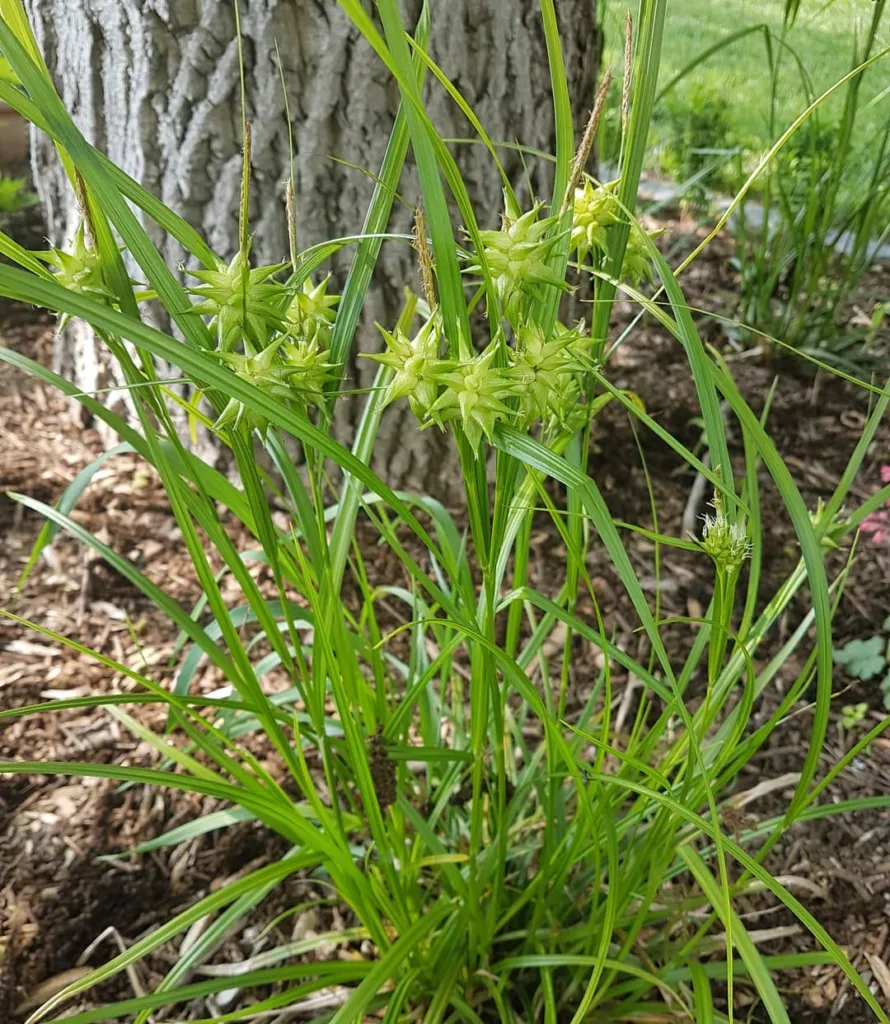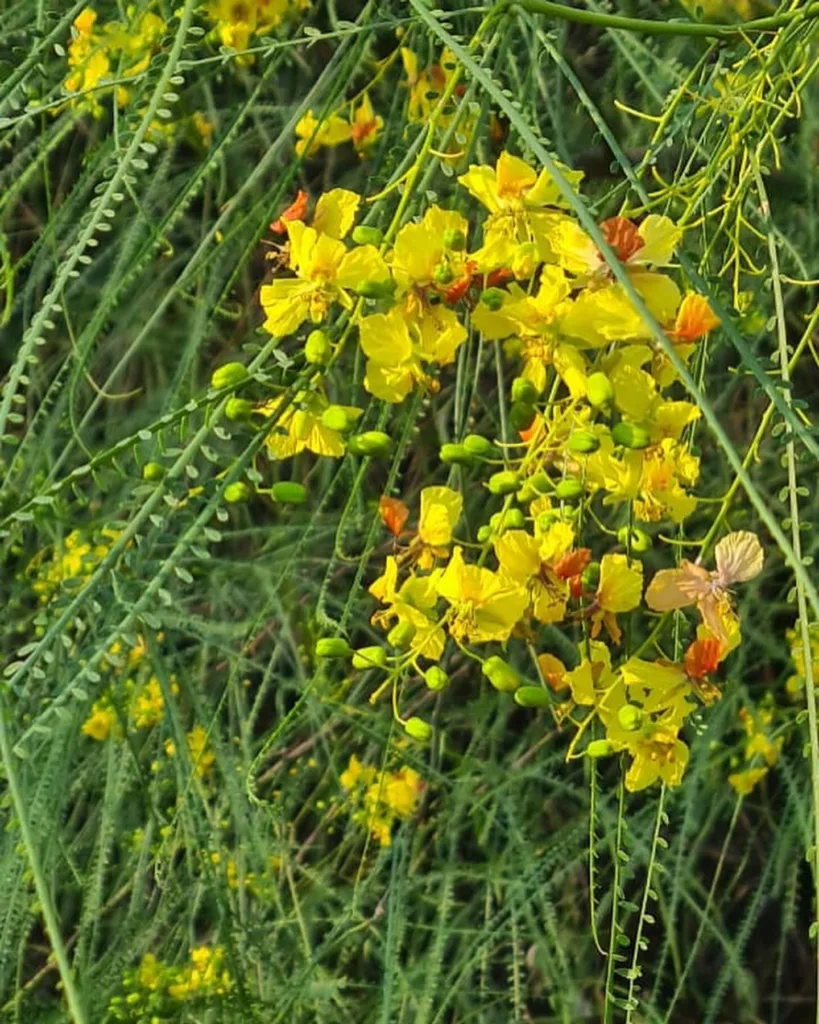June 11 – Cecropia
"Cecropia, the giant tree, represents June 11."
Cecropia symbolizes protection and community. You are a natural caretaker, offering shelter and support to others. Like this tree, you stand tall and provide for those who depend on you.
What is Cecropia tree?
When I first encountered a Cecropia tree, I was struck by its towering presence. The genus Cecropia belong to the Urticaceae family, is full of surprises, and over the years, I’ve learned that these trees, often called the “emperor of the rainforest,” are not only a marvel to look at but also vital to their ecosystem. Through my experiences, I’ve come to appreciate both their beauty and the intricate relationships they foster in nature.
Cecropia species
- Cecropia albicans Trécul
- Cecropia andina Cuatrec.
- Cecropia angulata I.W.Bailey
- Cecropia angustifolia Trécul
- Cecropia annulata C.C.Berg & P.Franco
- Cecropia bullata C.C.Berg & P.Franco
- Cecropia candida Snethl.
- Cecropia chlorostachya C.C.Berg & P.Franco
- Cecropia concolor Willd.
- Cecropia dealbata B.S.Williams
- Cecropia distachya Huber
- Cecropia elongata Rusby
- Cecropia engleriana Snethl.
- Cecropia ficifolia Warb. ex Snethl.
- Cecropia gabrielis Cuatrec.
- Cecropia garciae Standl.
- Cecropia glaziovii Snethl.
- Cecropia goudotiana Trécul
- Cecropia granvilleana C.C.Berg
- Cecropia herthae Diels
- Cecropia heterochroma C.C.Berg & P.Franco
- Cecropia hispidissima Cuatrec.
- Cecropia hololeuca Miq.
- Cecropia idroboi Cuatrec.
- Cecropia insignis Liebm.
- Cecropia kavanayensis Cuatrec.
- Cecropia latiloba Miq.
- Cecropia litoralis Snethl.
- Cecropia longipes Pittier
- Cecropia marginalis Cuatrec.
- Cecropia maxima Snethl.
- Cecropia megastachya Cuatrec.
- Cecropia membranacea Trécul
- Cecropia metensis Cuatrec.
- Cecropia montana Warb. ex Snethl.
- Cecropia multisecta P.Franco & C.C.Berg
- Cecropia mutisiana Mildbr.
- Cecropia obtusa Trécul
- Cecropia obtusifolia Bertol.
- Cecropia pachystachya Trécul
- Cecropia palmata Willd.
- Cecropia pastasana Diels
- Cecropia peltata L.
- Cecropia pittieri B.L.Rob. ex A.Stewart
- Cecropia plicata Cuatrec.
- Cecropia polystachya Trécul
- Cecropia purpurascens C.C.Berg
- Cecropia putumayonis Cuatrec.
- Cecropia reticulata Cuatrec.
- Cecropia sararensis Cuatrec.
- Cecropia saxatilis Snethl.
- Cecropia schreberiana Miq.
- Cecropia sciadophylla Mart.
- Cecropia silvae C.C.Berg
- Cecropia strigosa Trécul
- Cecropia subintegra Cuatrec.
- Cecropia tacuna C.C.Berg & P.Franco
- Cecropia telealba Cuatrec.
- Cecropia telenitida Cuatrec.
- Cecropia ulei Snethl.
- Cecropia utcubambana Cuatrec.
- Cecropia velutinella Diels
- Cecropia virgusa Cuatrec.
What does a Cecropia tree look like?
Cecropia trees are unmistakable in the rainforest; their towering trunks and large, deeply lobed leaves make them stand out among the greenery. They almost have a prehistoric look to them, like something out of a lost world. Whenever I see one, it’s like stumbling upon a hidden treasure in the jungle.
Where do Cecropia trees grow?
These trees are mainly found in the tropical regions of Central and South America, where the climate is warm and humid. I’ve seen them thriving in places like the Amazon rainforest, where they play a vital role in the ecosystem as a food source for many animals.
Why aren’t the Cecropia trees growing and thriving?
It’s disheartening to see Cecropia trees struggling to grow and thrive in certain areas. From what I’ve observed, factors like deforestation and habitat loss are taking a toll on their populations. Without proper conservation efforts, these majestic trees could become increasingly rare sights in the wild.
Where do food molecules for Cecropia trees come from?
The food molecules that sustain Cecropia trees come from a process called photosynthesis, where they use sunlight, water, and carbon dioxide to produce sugars. It’s fascinating to think about how these towering giants rely on such a fundamental process for their survival, just like every other plant out there.
Are Cecropia trees invasive?
Cecropia trees are not considered invasive in their native habitats, but they can become problematic if introduced to new areas where they don’t naturally belong. In their native rainforest ecosystems, they play important roles in providing food and shelter for various species, contributing to the overall biodiversity.
Are Cecropia trees rare?
While Cecropia trees may not be as rare as some other species in the rainforest, they’re certainly not as common as, say, a palm tree. Their presence adds a sense of wonder and diversity to the forest, and spotting one is always a treat.
How big do Cecropia trees get?
These trees can grow to impressive heights, with some reaching up to 80 feet tall or even more. It’s incredible to imagine something so massive growing from a tiny seed, and it speaks to the resilience and adaptability of nature.
How much is a Cecropia tree?
As for the price of a Cecropia tree, I’m not entirely sure since they’re not typically sold commercially like ornamental plants. In their natural habitat, they’re priceless treasures that contribute to the richness of the ecosystem.
How to grow Cecropia tree?
Growing a Cecropia tree requires specific conditions similar to those found in their native rainforest habitat. This includes warm temperatures, high humidity, and well-draining soil. While it’s possible to cultivate them in controlled environments like botanical gardens, they may be challenging to grow outside of their natural range.
Is there Cecropia trees in the rainforest?
Yes, Cecropia trees are indeed found in the rainforest, particularly in regions like the Amazon basin. They’re an integral part of the lush ecosystem, providing food and shelter for countless species of animals.
What animals eat Cecropia trees?
Various animals feast on Cecropia trees, from insects munching on their leaves to birds and monkeys devouring their fruits. It’s fascinating to see how many different creatures rely on these trees for sustenance, highlighting their importance in the intricate web of life in the rainforest.
What do Cecropia trees need to survive?
To survive and thrive, Cecropia trees need plenty of sunlight, water, and nutrients from the soil. They also rely on mutualistic relationships with ants, which protect them from herbivores in exchange for shelter and food provided by specialized structures on the tree called domatia.
Why do sloths like Cecropia trees?
Sloths have a unique relationship with Cecropia trees, often seen lounging in their branches or munching on their leaves. The leaves of Cecropia trees are high in water content and relatively low in nutrients, making them a perfect, easily digestible meal for these slow-moving creatures. Plus, the tree’s dense foliage provides excellent camouflage and protection for sloths against predators, making it a favorite hangout spot for these adorable animals.
If i die, water my plants!



